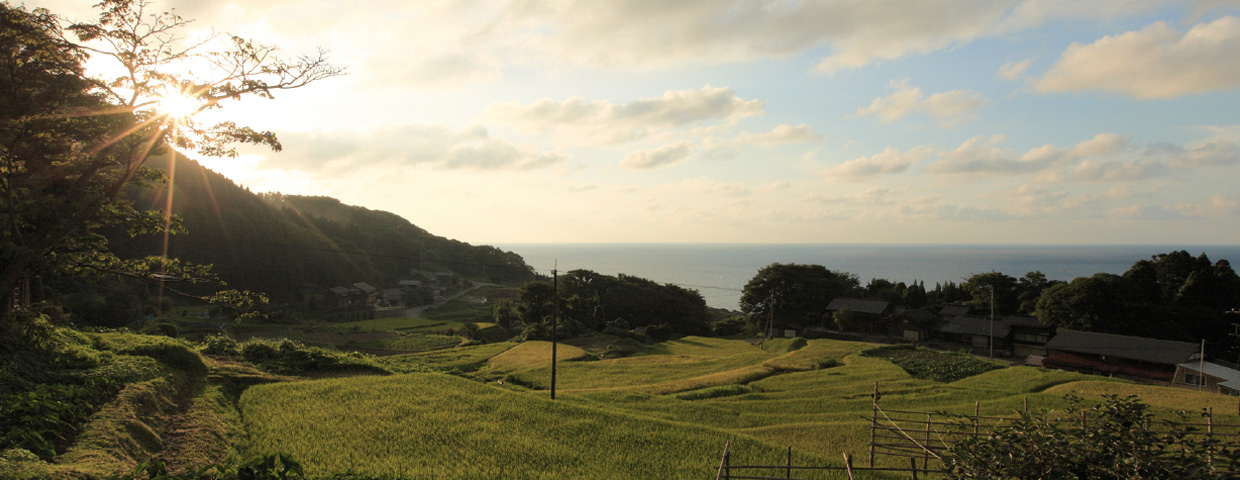Aichi Targets
Aichi Biodiversity Targets
A set of 20 global targets set by the Parties to the CBD, under the Strategic Plan for Biodiversity 2011-2020. It is grouped in five strategic goals:
- Strategic Goal A: Address the underlying causes of biodiversity loss by mainstreaming biodiversity across government and society
- Strategic Goal B: Reduce the direct pressures on biodiversity and promote sustainable use
- Strategic Goal C: To improve the status of biodiversity by safeguarding ecosystems, species and genetic diversity
- Strategic Goal D: Enhance the benefits to all from biodiversity and ecosystem services
- Strategic Goal E: Enhance implementation through participatory planning, knowledge management and capacity building
SDGs
Sustainable Development Goals
The Sustainable Development Goals (SDGs) are set of 17 goals to end poverty, protect the planet, and ensure prosperity for all, as part of the 2030 Agenda for Sustainable Development. They were adopted by all United Nations Member States in 2015. The Goals interconnect and in order to leave no one behind, it is important that we achieve each Goal and target by 2030. For more information, see
here.










